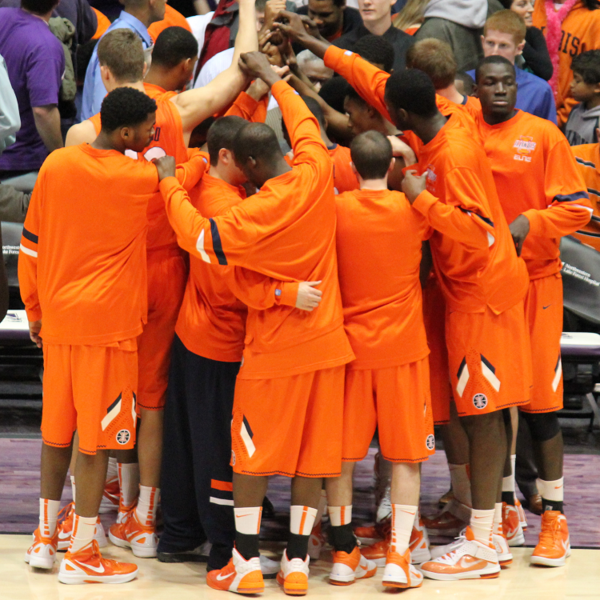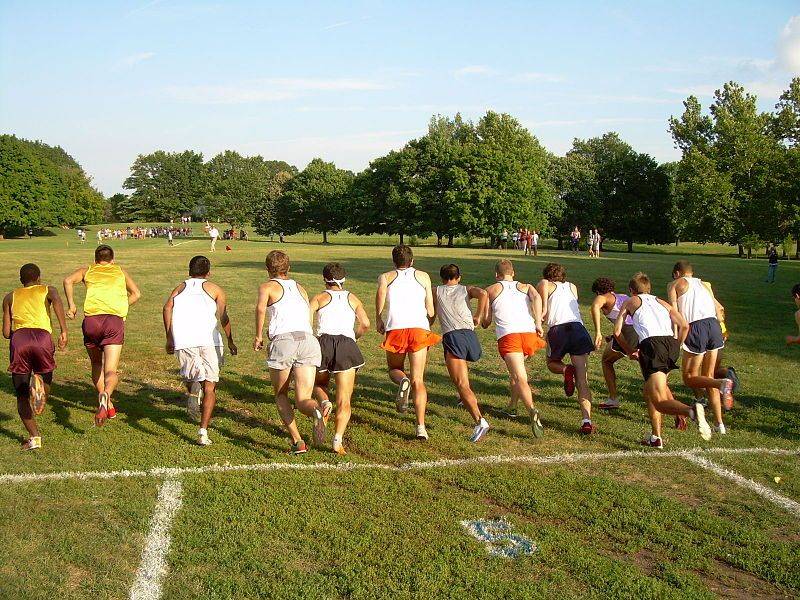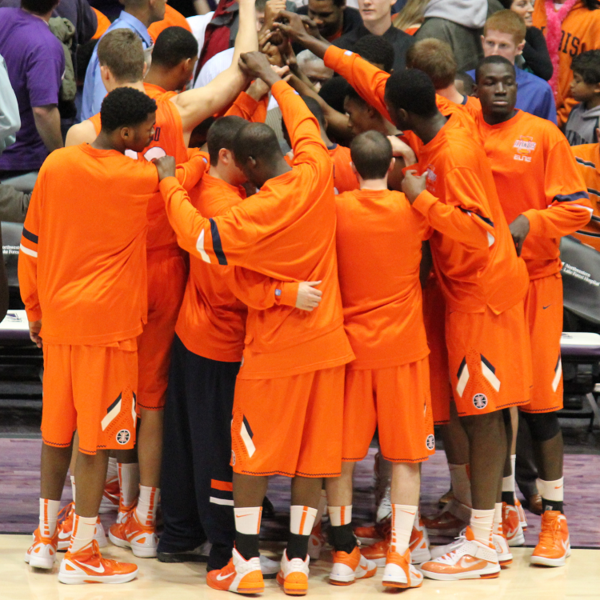If you haven’t read the Smile Politely report on U of I Athletic Department revenue and expenses for the reporting year of 2013, sneak a peak. It’s fairly dry, but there’s some good information, accompanied by colorful graphs and charts reflecting the data found in the documents which were obtained through a Freedom of Information Act request.

Explaining the data is one thing, but interpreting it and packaging it is a whole different thing altogether. That’s what this section is for — a sort of framing if you will of the key issues that the report brings to light. It’s a quick hits and takeaways section, where the most pressing topics within the report are discussed.
As always, leave your comments in the box below this article. We’d love to hear from you.

Now, then, the key issues found in the U of I Athletic Department revenue and expenses report. Here is number one.
1. College Sports is Big Business
As a longtime follower of sports, I knew that college sports were profitable. But the numbers in the report still astonished me. $79 million in revenue and $78.6 million in expenses? On some level, it explains why you read about head college football coaches demanding multi-million dollar salaries, but even these numbers exclude the amount of money made by advertisers who run ads during televised games or the amount of apparel sold by third-party vendors.
And, to whit, this is just one school in one place. These numbers paint the picture that college sports is a multi-billion dollar industry, one that profits at the expense of the players in particular. But that’s for the later in the article. For now, let’s get to…
2. Coaching Salaries are Astronomical
Coaching salaries, benefits, and bonuses accounted for $10.3 million out of the total of $78.6 expenses for the reporting year of 2013. That’s 13 percent if my Math is correct. There are a total of 17 head coaching positions within the UIUC athletic department and 39 assistant coaching positions. For the sake of easy reasoning, let’s assume that all positions are equal. 56 coaches making $10.3 million amounts to $184,000 per year for each coach.
But all things aren’t equal, are they? I’d bet my bottom dollar (and this is just speculation to be sure) that the head football and basketball coaches make much more than let’s say the head gymnastics coach. And all the coaches combined make more than all the student aid given to student-athletes. But that’s also for later. Moving on to…
3. NCAA/Conference Distributions are big for some but not all
If you look closely at the numbers, you’ll find that for the football and basketball programs in particular the NCAA/Conference Distributions bring in serious revenue to the tune of millions of dollars. For the rest of the other sports combined, NCAA/Conference Distributions bring in a paltry amount comparatively.
The NCAA/Conference Distributions include revenue received from participation in bowl games, conference tournaments, and all NCAA distributions. Think March Madness or the NCAA College Football Bowl Season.
Simply put, the more popular the sport, the more money it brings in and not just from ticket sales. There’s a special prize for the programs that succeed in the most popular sports, special events built into the schedule to bring in more dough for everyone involved.
Which is why, unless the sports landscape changes dramatically, gymnastics will never be able to bring in as much money as Illini basketball.
4. What Exactly Is ‘Direct Facilities, Maintenance, and Rental?’
This category led the way for all expenses for the 2013 reporting year, costing the athletic department $16 million. But the definition is fairly vague as to what the category covers. The category definition states that it includes “direct facilities costs charged to intercollegiate athletics, including building and grounds maintenance, utilities, rental fees, operating leases, equipment repair and maintenance, and debt service.”
You can probably eliminate half of those costs without even denting the $16 million in expenses for this category. My guess is that the bulk of the $16 million comes from rental fees, operating leases, and debt service. But your guess is as good as mine.
5. Should Student Fees Be Allocated For Athletics?
Student fees brought in a little more than $3 million for the athletic department for the reporting year in 2013 and the definition, like with the “Direct Facilities” category is fairly vague. It states that student fees “include student fees assessed and restricted for support of intercollegiate athletics.”
This does not include ticket sales, which is a separate category altogether. So the question is—are students being charged to support an athletic program that they may or may want to support? And is it really necessary.
According to the report, 32,281 undergraduate students attended the UIUC for that reporting year. That’s an average cost of $92 per student, which may not seem like much compared to overall tuition and fees, but still adds up for college students who might need the money to support their weekly Ramen fund.
Just sayin.
6. Recruiting Costs Are More for Men’s Teams than Women’s Teams
This wasn’t included in the Smile Politely report so pardon me if I throw some more numbers at you. Recruiting, which by definition includes “transportation, lodging and meals for prospective student-athletics and institutional personal on official and unofficial visits,” costs men’s teams $1.3 million and women’s teams $372 thousand. The football team alone racks up nearly $800 thousand in recruiting costs, more than double the amount for all the women’s teams combined.
There are 300 athletes on the men’s teams to 205 on the women’s teams. The ratio doesn’t match.
7. Sports Camps Bring In Major Dollars
For all sports programs other than football and basketball, sports camps were the number two source of revenue, just surpassing the $1 million mark. Of course, expenses for sports camps were just over $600 thousand but that’s still nearly doubling your investment.
For the football and basketball programs, the story is a little different. It’s not that sports camps don’t bring in money for them—they do—but compared to NCAA/Conference distributions and ticket sales, the money sports camps bring in is pretty small.

8. (And Finally) Athletic Student Aid Is Lower Than Salaries For Coaches
It’s already been established that coaches — head coaches and assistants — make an average of $184 thousand per year. The total amount of student aid allocated to athletes was $10.9 million. That’s for 505 athletes total (300 men and 205 women). On average, that amounts to $21 thousand per athlete per year. That’s nothing to sneeze at, of course.
But the question remains — who brings in the crowds, the television viewers, the revenue itself? It may just be me but I don’t go to a game to watch a basketball coach scream at his or her players. I don’t tune in on television to see headshots of popular college football coaches. I want to see the players play.
And that’s what brings in the revenue that pays these coaches’ salaries astronomical salaries.
But that’s just my little pet peeve.
That marks the end of the quick hits and takeaways section. Thank you for reading. If you have your own interpretation of the data or just want to comment on it, please feel free to leave a comment in the box below.








